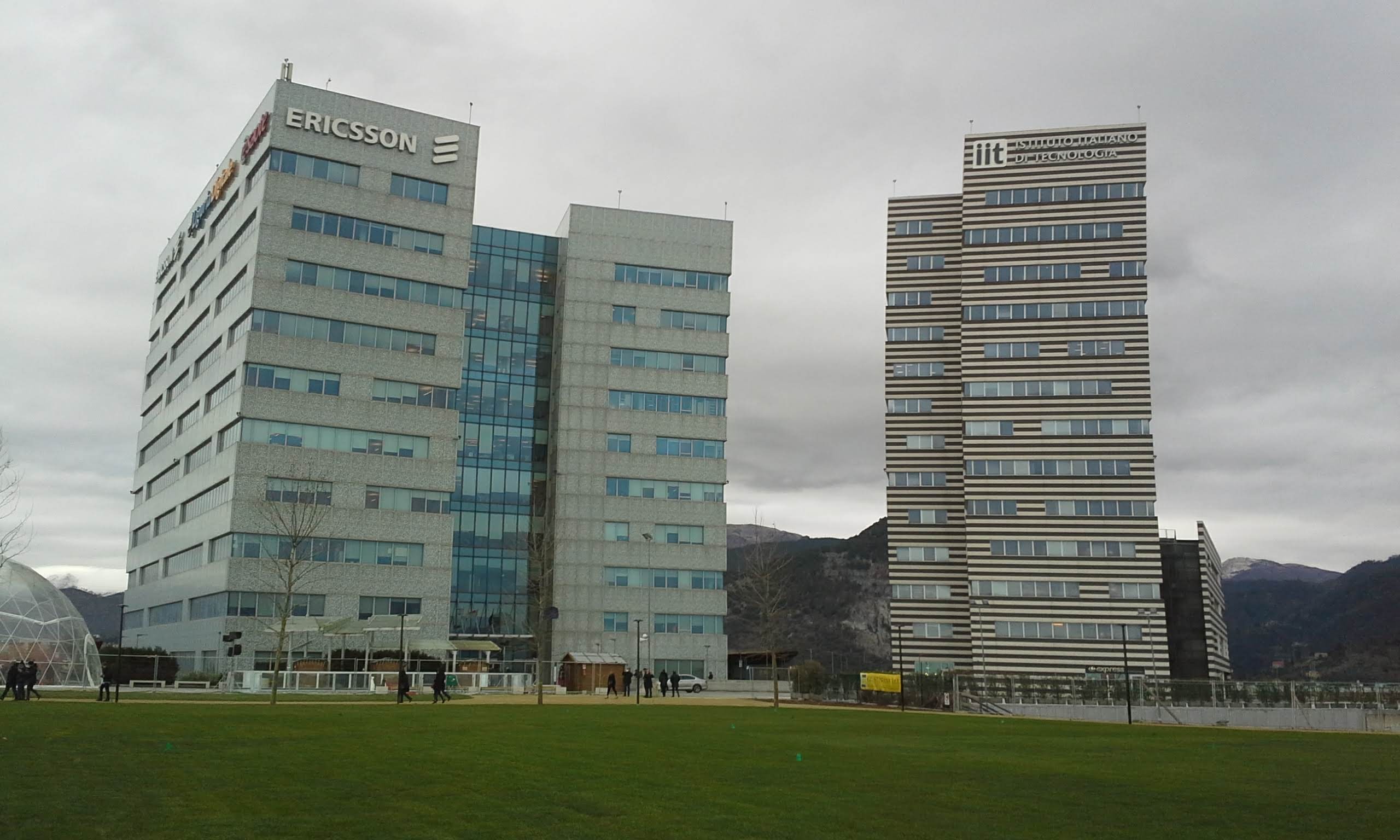|
Giulia Grancini
Giulia Grancini (born May 5, 1984) is an Italian physicist who is a Professor of Chemistry at the University of Pavia. Her work considers new materials for photovoltaic devices, including perovskites and polymer-based materials. In 2020, Grancini was named the Royal Society of Chemistry Journal of Materials Chemistry Lecturer. Early life and education Grancini was born in Pavia. She attended the Polytechnic University of Milan. During her doctorate degree she spent one year at the University of Oxford, where she investigated polymer solar cells. Grancini returned to Italy, where she worked as a postdoctoral researcher at the Istituto Italiano di Tecnologia. She spent a year as a visiting researcher at the University of Utah working on the physics of hybrid materials with Zeev Vardeny. Research and career Grancini investigates the interfaces of optoelectronic devices, including organic and organic-inorganic perovskites. She moved to the École Polytechnique Fédérale de Lau ... [...More Info...] [...Related Items...] OR: [Wikipedia] [Google] [Baidu] |
Istituto Italiano Di Tecnologia
The Istituto Italiano di Tecnologia (IIT) (in English: Italian Institute of Technology) is a scientific research centre based in Genoa (Italy, EU). Its main goal is the advancement of science, in Italy and worldwide, through projects and discoveries oriented to applications and technology. Some account IIT as the best Italian scientific research centre. In June 2016, the science journal Nature named Italian Institute of Technology among the list of the top 100 ''rising stars'' scientific institutes in the world, that is the ranking of the top 100 institutions which most improved their publication quality scores in the Nature index between 2012 and 2015, on world basis. In November 2016, the Nature Index database named IIT among the list of the top 100 scientific centres running successful international collaborations, on world basis. In February 2017, the scientific evaluation agency Anvur of Italy's Ministry of Education evaluated and ranked the Italian Institute of Technology ... [...More Info...] [...Related Items...] OR: [Wikipedia] [Google] [Baidu] |
Swiss National Science Foundation
The Swiss National Science Foundation (SNSF, German: ''Schweizerischer Nationalfonds zur Förderung der wissenschaftlichen Forschung'', SNF; French: ''Fonds national suisse de la recherche scientifique'', FNS; Italian: ''Fondo nazionale svizzero per la ricerca scientifica'') is a science research support organisation mandated by the Swiss Federal Government. The Swiss National Science Foundation was established under private law by physicist and medical doctor Alexander von Muralt in 1952. Organisation The SNSF consists of three main bodies: Foundation Council, National Research Council and Administrative Offices. The Foundation Council is the highest authority and makes strategic decisions. The National Research Council is composed of distinguished researchers who mostly work at Swiss institutions of higher education. They assess research proposals submitted to the SNSF and make funding decisions. The National Research Council comprises up to 100 members and is subdivided in ... [...More Info...] [...Related Items...] OR: [Wikipedia] [Google] [Baidu] |
21st-century Italian Women Scientists
The 1st century was the century spanning AD 1 ( I) through AD 100 ( C) according to the Julian calendar. It is often written as the or to distinguish it from the 1st century BC (or BCE) which preceded it. The 1st century is considered part of the Classical era, epoch, or historical period. The 1st century also saw the appearance of Christianity. During this period, Europe, North Africa and the Near East fell under increasing domination by the Roman Empire, which continued expanding, most notably conquering Britain under the emperor Claudius (AD 43). The reforms introduced by Augustus during his long reign stabilized the empire after the turmoil of the previous century's civil wars. Later in the century the Julio-Claudian dynasty, which had been founded by Augustus, came to an end with the suicide of Nero in AD 68. There followed the famous Year of Four Emperors, a brief period of civil war and instability, which was finally brought to an end by Vespasian, ninth Roman emperor, a ... [...More Info...] [...Related Items...] OR: [Wikipedia] [Google] [Baidu] |
21st-century Italian Physicists
The 1st century was the century spanning AD 1 ( I) through AD 100 ( C) according to the Julian calendar. It is often written as the or to distinguish it from the 1st century BC (or BCE) which preceded it. The 1st century is considered part of the Classical era, epoch, or historical period. The 1st century also saw the appearance of Christianity. During this period, Europe, North Africa and the Near East fell under increasing domination by the Roman Empire, which continued expanding, most notably conquering Britain under the emperor Claudius (AD 43). The reforms introduced by Augustus during his long reign stabilized the empire after the turmoil of the previous century's civil wars. Later in the century the Julio-Claudian dynasty, which had been founded by Augustus, came to an end with the suicide of Nero in AD 68. There followed the famous Year of Four Emperors, a brief period of civil war and instability, which was finally brought to an end by Vespasian, ninth Roman emperor ... [...More Info...] [...Related Items...] OR: [Wikipedia] [Google] [Baidu] |


